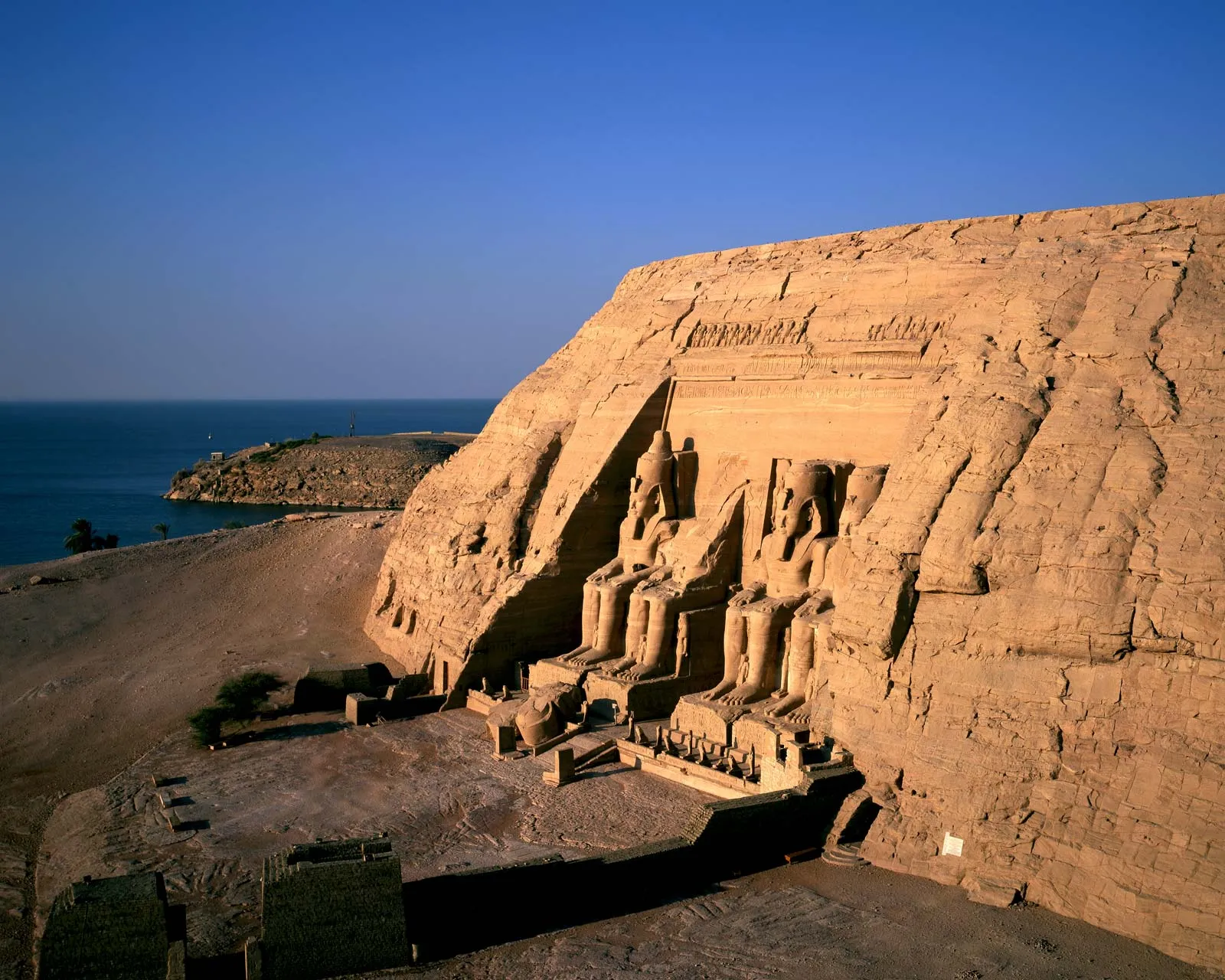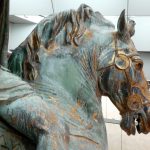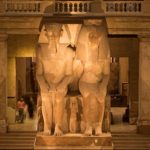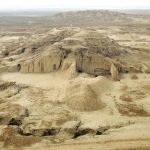The Great Temple of Abu Simbel
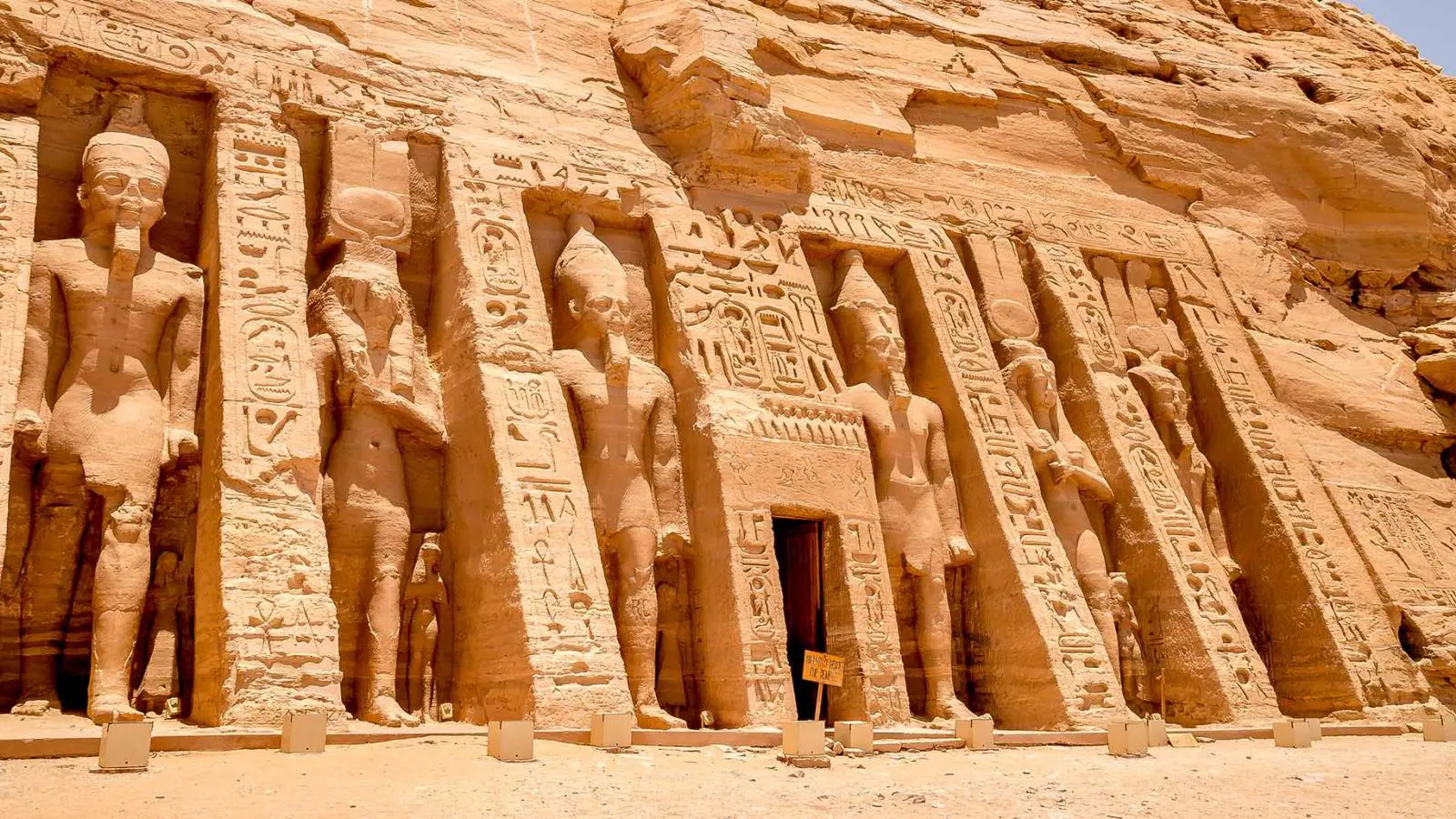
The Great Temple of Abu Simbel is one of ancient Egypt’s most iconic monuments. Carved into a sandstone cliff in southern Egypt during the reign of Pharaoh Ramesses II (c. 1264–1244 BC), it was dedicated to the gods Amun, Ra-Horakhty, and Ptah, as well as to Ramesses himself.
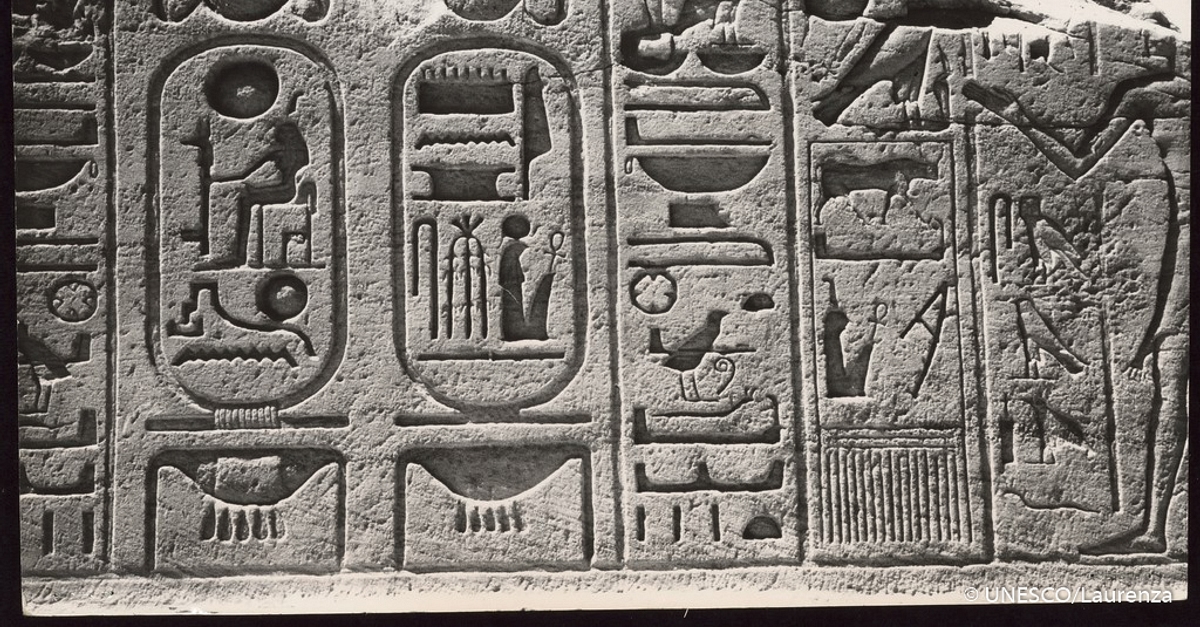
The temple’s entrance is flanked by four colossal seated statues of Ramesses II, each over 20 meters tall. Inside, the temple extends deep into the rock, with a series of halls and sanctuaries richly decorated with reliefs and sculptures depicting Ramesses’ military victories and his divine status.
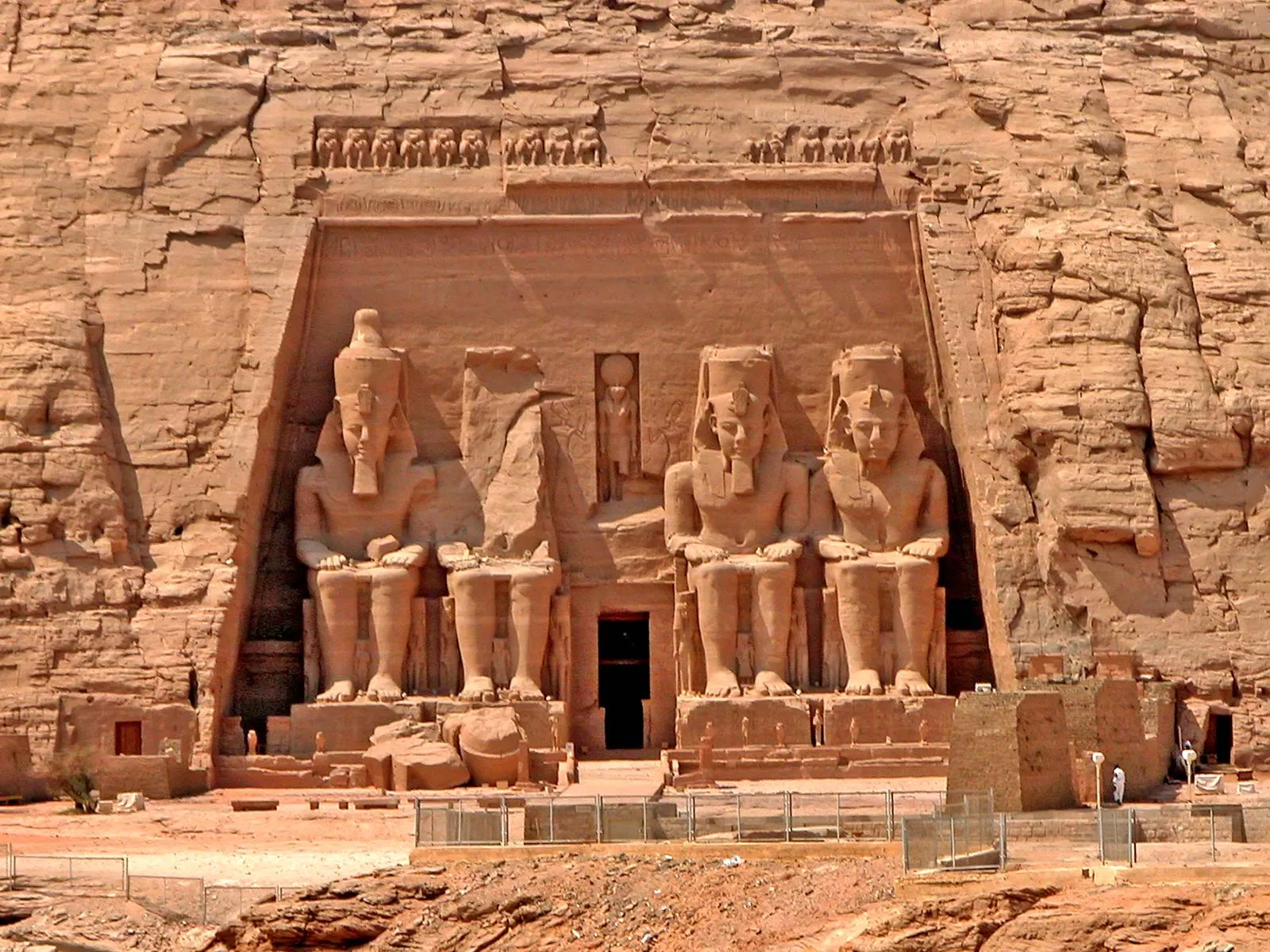
A remarkable feature is its solar alignment: twice a year, sunlight penetrates the sanctuary to illuminate the statues of the gods and the pharaoh (except Ptah, associated with the underworld). This occurs on February 22 and October 22, dates believed to mark Ramesses’ birthday and coronation.

In the 1960s, to save it from flooding caused by the construction of the Aswan High Dam, the entire temple was relocated to higher ground—a monumental UNESCO-led engineering effort that preserved this masterpiece for future generations.
